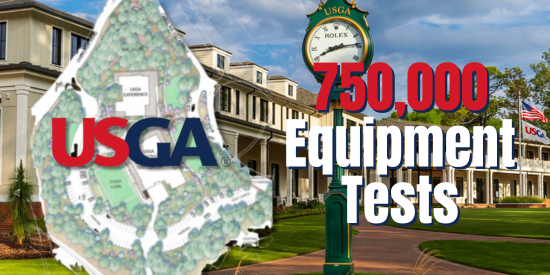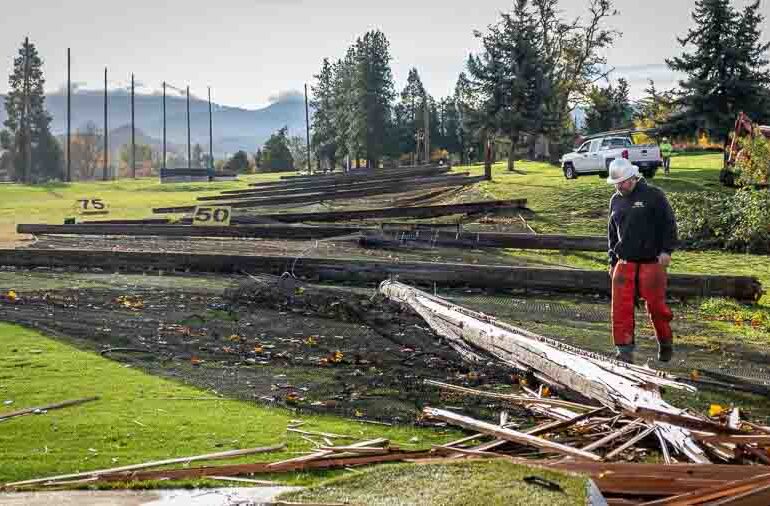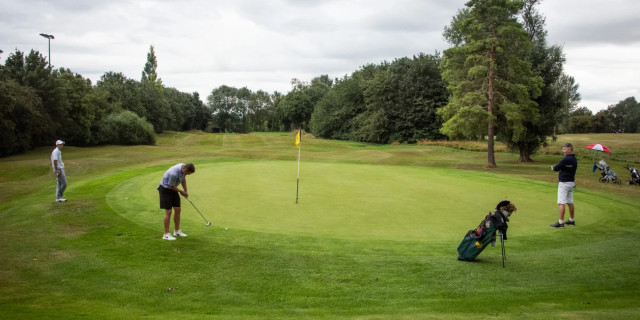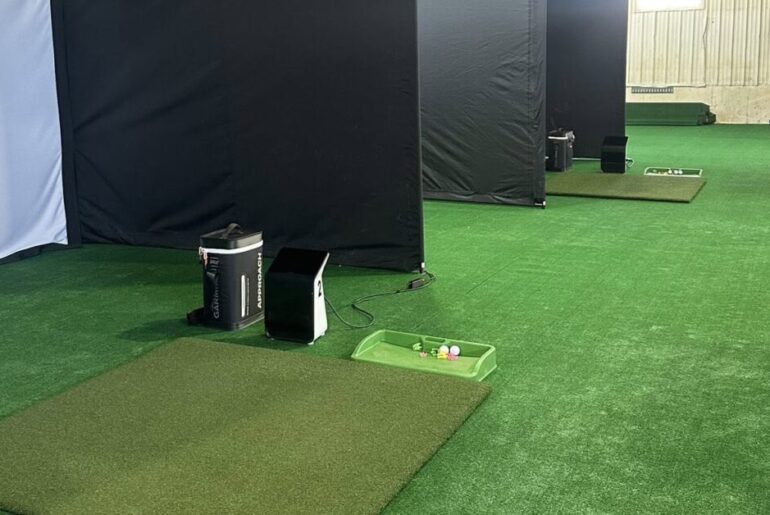Pinehurst, North Carolina · Equipment Standards & Research
A Quiet Corner of Pinehurst Where Golf Meets Science
Nestled within the rolling pines of North Carolina’s most storied golf town sits a building that few golfers will ever step inside — but whose influence touches every shot struck around the world. This is the USGA Research & Test Center, a 20,000-square-foot facility dedicated to understanding, measuring, and shaping the technology that drives the modern game.
First opened in 1984, the center was created to help the USGA fulfill its role as golf’s equipment authority. Over the decades, it has evolved into one of the sport’s most sophisticated laboratories — part science lab, part engineering workshop, part museum of innovation.
Every day, the team inside works toward a singular mission: ensuring that skill, not science, remains the defining factor in golf.
A Mission to Protect the Spirit of the Game
The staff of engineers, technicians, and researchers at Pinehurst aren’t there to limit creativity — they’re there to protect golf’s balance.
Together with The R&A in St Andrews, the USGA operates under a shared framework called the Joint Statement of Principles, first established in 2002. It guides how the governing bodies evaluate new technology, with an eye toward progress that enhances the game rather than overtakes it.
“The purpose of the Rules is to protect golf’s best traditions — to prevent an over-reliance on technology rather than skill.”
In practice, that means the USGA doesn’t want to halt innovation in club or ball design; it simply wants to make sure those advancements don’t replace the art of shotmaking. Every test, every ruling, and every piece of data gathered at Pinehurst supports that ideal — that golf should always reward the player, not the product.
How Testing Works: Precision Meets Tradition
Each year, the Research & Test Center receives about 2,500 pieces of golf equipment and between 13,000 and 20,000 golf balls run through evaluation. In total, the staff takes over 750,000 measurements annually.
The process starts the same way for everyone — whether it’s a submission from a major equipment brand or a hobbyist tinkering in their garage. Every clubhead, shaft, glove, and tee is treated with the same diligence and confidentiality.
Testing involves both objective standards (like groove depth or face flexibility) and interpretive rulings when a new design pushes the boundaries of what’s been done before. It’s a process where physics meets philosophy — balancing the measurable with the meaningful.
Inside the Indoor Test Range
At the heart of the Pinehurst facility is its Indoor Test Range, where golf balls are launched and analyzed under tightly controlled conditions. All testing is conducted in a climate maintained at 75°F, ensuring that every measurement is fair, consistent, and unaffected by temperature or humidity.
A mechanical golfer swings identical shots, firing balls into a net while sensors record launch speed, spin, and direction. The data is then modeled to calculate virtual driving distances — removing the unpredictability of weather and turf conditions.
The result is a process that’s highly repeatable and precise, giving the USGA an exact understanding of how each golf ball performs.
What It Takes to Make the List
Every golf ball submitted to the USGA is tested for size, weight, symmetry, and initial velocity, with two dozen samples of each model required.
Those that meet every standard earn a place on the List of Conforming Golf Balls, published monthly. It’s the quiet, methodical side of golf’s equipment world — one that ensures every drive, chip, and putt is governed by the same baseline of fairness.
Measuring the Modern Club
The same philosophy applies to golf clubs. Each year, more than 2,000 club submissions pass through the lab, where tools range from simple rulers to laser contour readers and USGA-developed pendulum testers that measure how flexible a clubface can be.
Engineers analyze groove geometry, shaft stiffness, and spring-like effect — factors that, if left unchecked, could fundamentally alter the way the game is played. Some rulings require judgment calls: if a design challenges precedent or introduces a concept never seen before, it’s not just tested — it’s debated in the broader context of golf’s history.
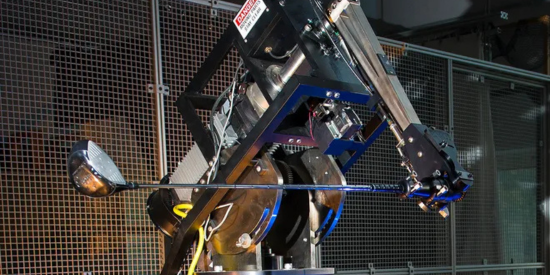
Beyond the Lab: Research for Golf’s Future
Testing is only part of what happens here. The USGA’s technical staff also conducts ongoing studies on the evolution of distance, player performance, and equipment design. By monitoring trends in professional and amateur play, they can see where the game is heading and make data-driven decisions to keep it balanced.
This research helps the USGA and R&A maintain the delicate balance between innovation and tradition, ensuring that technology enhances the game without overwhelming it. It also supports a broader goal: keeping golf sustainable — for players, courses, and future generations.
A Future Built on Balance
The USGA’s Research & Test Center may be quiet, but its influence echoes across every fairway in the world.
From Pinehurst’s lab benches to the first tee of your local course, its work ensures that golf remains the same beautiful paradox it’s always been — a game where art and engineering coexist, but where skill still defines success. In a sport constantly shaped by innovation, that’s the kind of equilibrium worth protecting.

